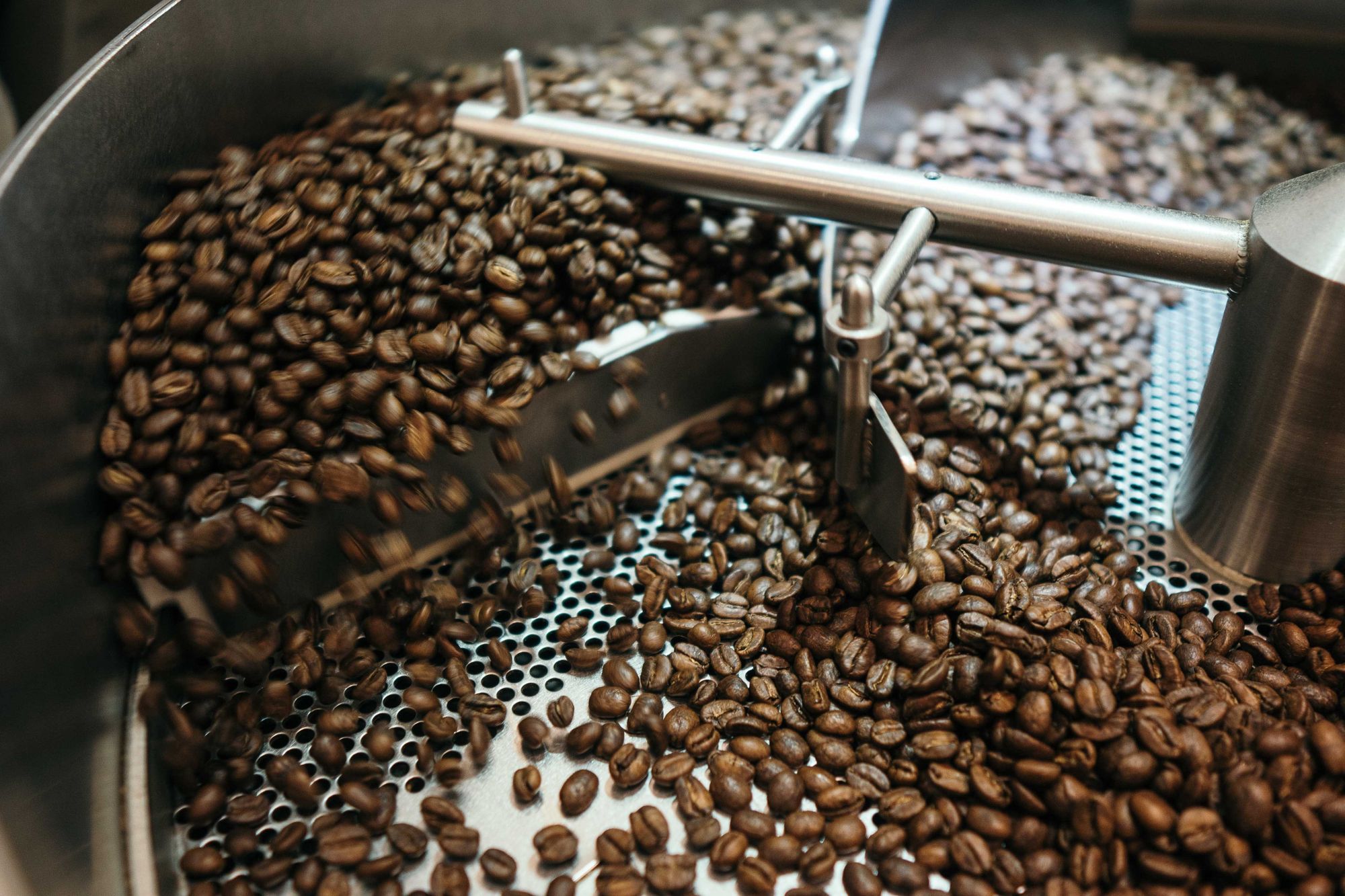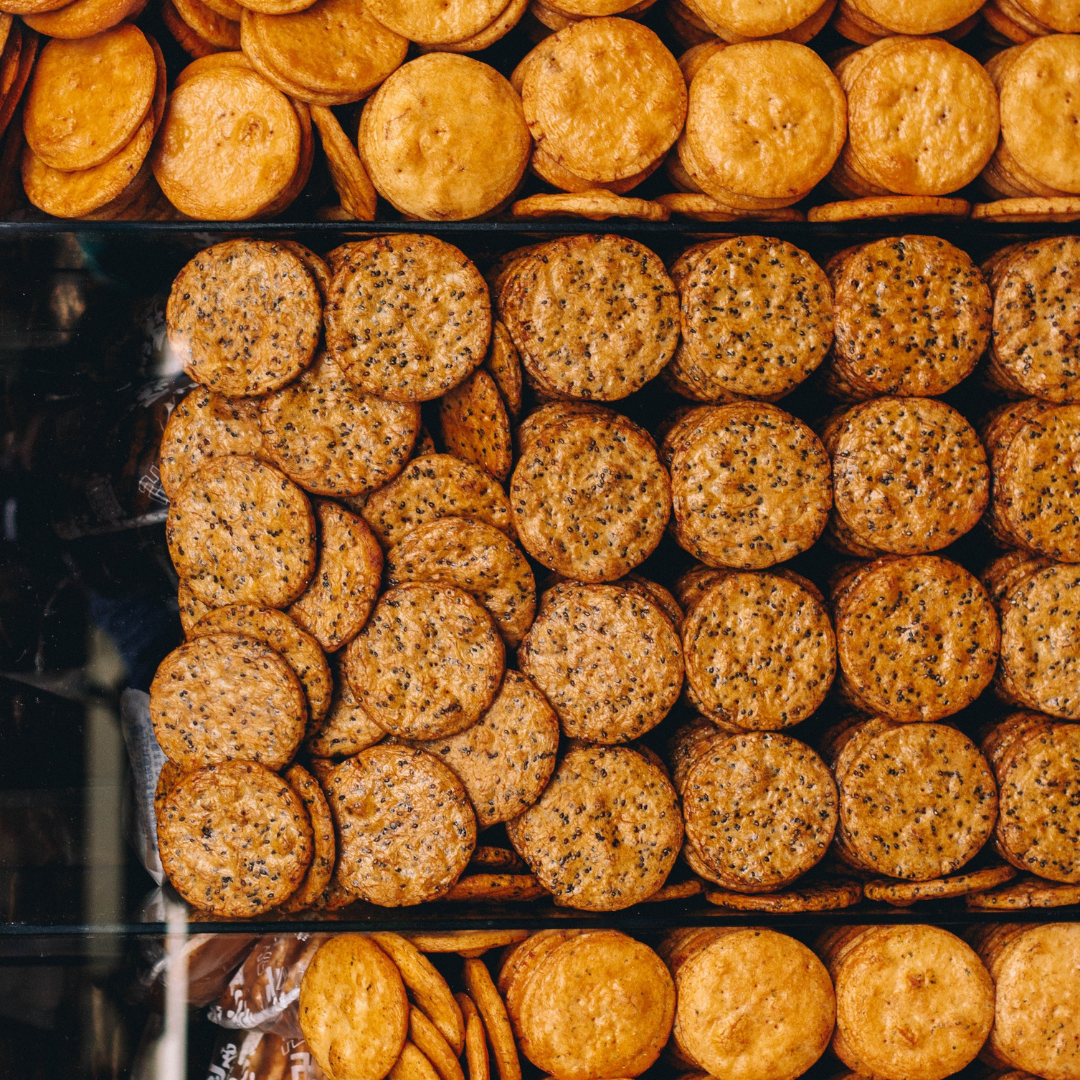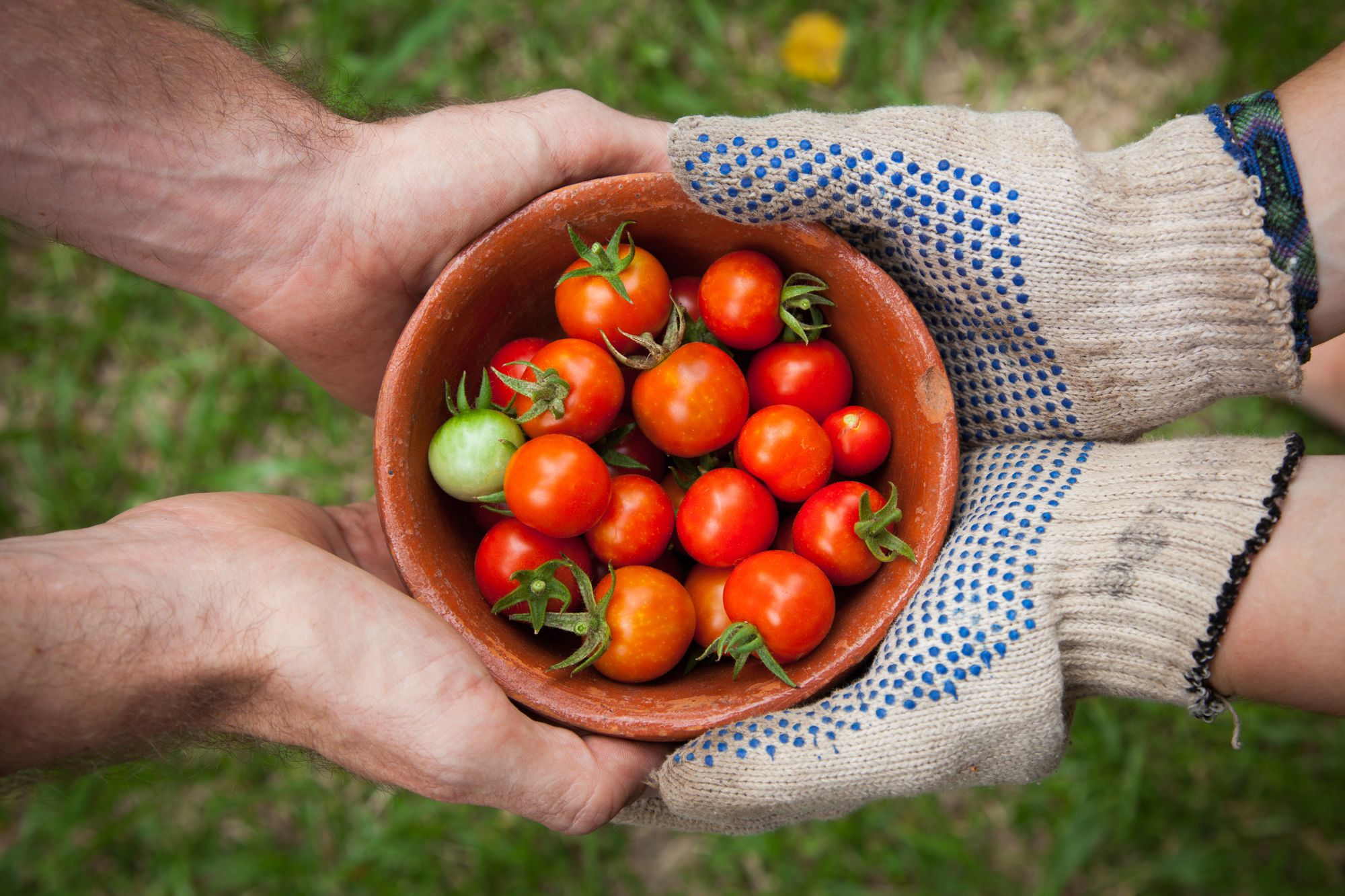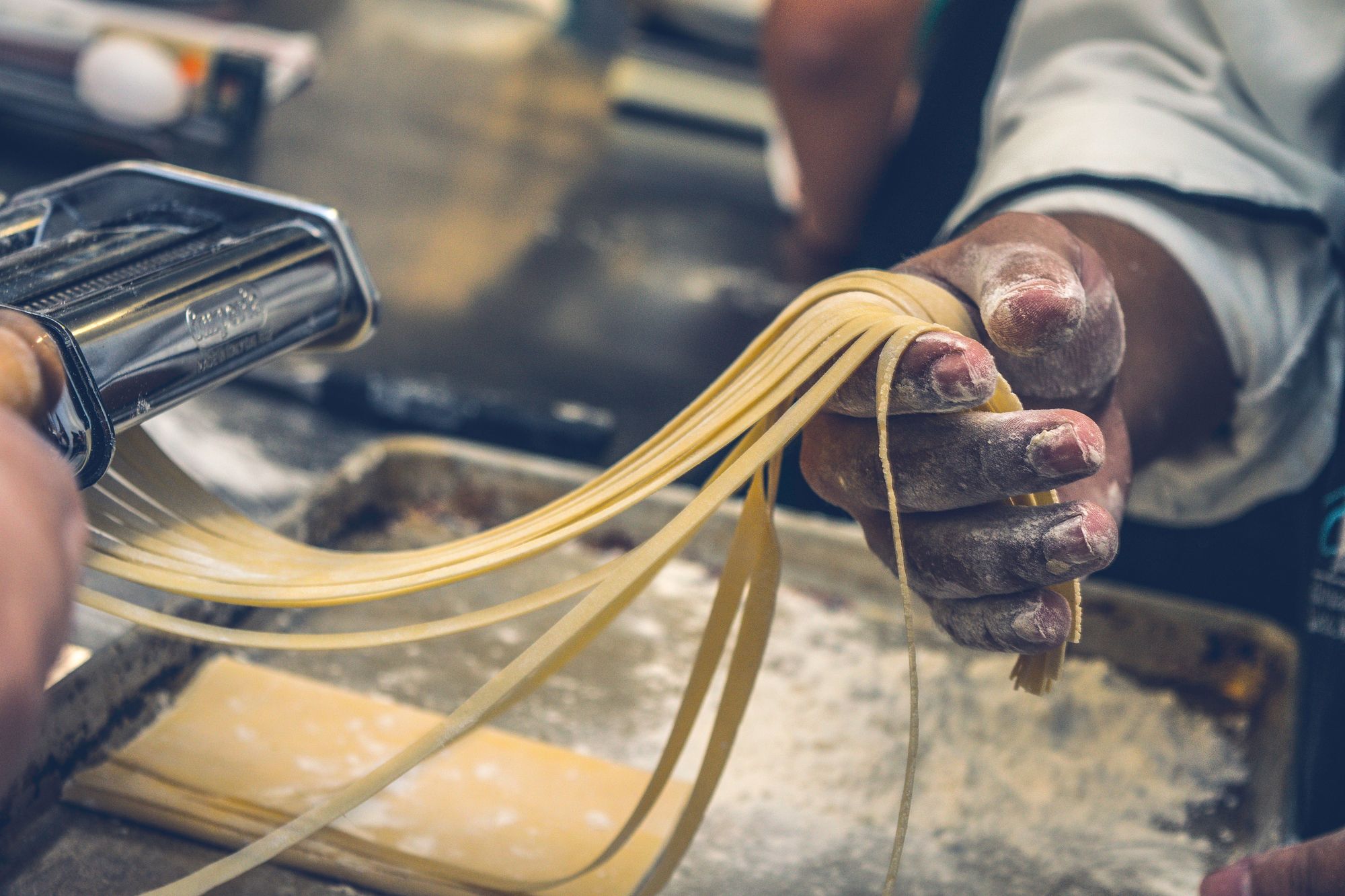Food manufacturing has come a long way from traditional methods of production to modernized methods of production. While traditional methods of production such as home baking or home brewing still have their place in the food manufacturing industry, modernized methods of food production have become increasingly popular due to their efficiency and cost-effectiveness.

The most important factor in food manufacturing is maintaining the highest level of food safety. Different food manufacturing methods have different impacts on the quality and safety of the food, so it is important to understand the different methods and their effects. For example, pasteurization and irradiation are two methods that are used to eliminate harmful bacteria and other microorganisms in food. These methods not only improve the safety of food but also improve its shelf life.
This article covers the following:
- Introduction to Food Manufacturing
- Types of Food Manufacturing
- Principles of Food Manufacturing
- Food manufacturing methods
- Automation in Food Manufacturing
- Food Safety Regulations
- Packaging and Labeling in Food Manufacturing
- Challenges in Food Manufacturing
- Future of Food Manufacturing
Introduction to Food Manufacturing
Food manufacturing is the process of transforming raw ingredients into food products for consumption. It involves the creation of products such as cereal, canned goods, snacks, dairy products, and more.
The food manufacturing process includes a variety of steps that involve preparing, blending, cooking, packaging, and distributing food products. Food manufacturing begins with selecting and purchasing the necessary ingredients.
For example, cereal products require grains like wheat, corn, or oats, as well as other ingredients such as sugar, salt, and preservatives. Once the ingredients have been purchased, they must be inspected and cleaned before they can be used. The next step in the food manufacturing process is blending.
This is the process of combining ingredients together in the appropriate proportions to create the desired product. For example, cereals may need to have sugar, salt, preservatives, and other ingredients mixed into the base grain.
The next step is the cooking process, which is essential for many products like cereals and snacks. This involves heating the ingredients to a specific temperature for a designated period of time.
Once the cooking process is complete, the product needs to be cooled and then packaged for distribution. The final step in the food manufacturing process is distribution.
This involves getting the finished product to the correct stores, restaurants, and other outlets. This process can involve a variety of methods, including shipping, trucking, and airfreight.
Food manufacturing is a complex process that requires a high level of expertise and knowledge to ensure safe and quality products. It is important for manufacturers to adhere to strict health and safety guidelines to ensure the safety of their products.
Additionally, food manufacturers must also comply with a number of regulations and food safety laws. Overall, food manufacturing is an essential process for producing food products for consumption.
It involves a variety of steps that involve selecting and purchasing ingredients, blending, cooking, packaging, and distributing the final product. This process must be done in accordance with health and safety guidelines and other regulations to ensure the safety of the food products.
Types of Food Manufacturing
Food manufacturing is a complex and multi-faceted process involving the transformation of raw ingredients into a finished product that is safe for consumption. There are various approaches that can be taken when producing food, ranging from traditional methods to more modern and advanced techniques.
Batch Production
Batch production is a type of food manufacturing process that involves the making of single batches of products that are then packaged and sent to customers. This method is ideal for small-scale production and is often used for products with a short shelf life, such as bread and other bakery items.
Continuous Production
Continuous production is a type of food manufacturing process in which a continuous stream of ingredients is fed into a machine, and the finished product is delivered in a continuous flow. This method is often used for mass-produced products such as cereal, snacks, and condiments, as it is more efficient than batch production.
Semi-Continuous Production
Semi-continuous production is a type of food manufacturing process that combines features of both batch and continuous production. This method is often used for products that require a certain level of customization, such as ice cream flavors and sauces.
HACCP
HACCP (Hazard Analysis and Critical Control Points) is an internationally recognized food safety system that helps to identify and prevent potential problems in the food manufacturing process. HACCP is designed to ensure the quality, safety, and hygiene of all food products.
Automation
Automation is a type of food manufacturing process in which machines are used to automate various tasks, such as weighing, mixing, and packaging. This method is often used for large-scale production, as it can reduce the amount of labor required and increase efficiency.
No matter the type of food manufacturing method used, it’s important to ensure that all processes adhere to the highest standards of food safety and quality. By following the appropriate guidelines and regulations, manufacturers can ensure that their products are safe and of the highest quality.
Principles of Food Manufacturing
Food manufacturing is a complex process that requires careful planning and execution. It involves a variety of steps, from selecting the right ingredients to packaging and labeling the finished product.
To ensure the highest quality and safety of food products, food manufacturers must adhere to certain principles. Here are the key principles of food manufacturing: 1.
Quality Control
Quality control is essential in food manufacturing, as it ensures that all ingredients used in the product meet the required standards and specifications. It also helps to protect the consumer from any potential health risks associated with the product. Quality control should include regular testing of ingredients and finished products to ensure they meet the standards set forth by regulatory agencies.
Food Safety
Food safety is a top priority in food manufacturing. It involves ensuring that the product is free from contamination and that it complies with all relevant food safety regulations. This includes maintaining proper hygiene and sanitation, as well as following good manufacturing practices (GMPs).
Traceability
Traceability is a key component of food manufacturing. It involves keeping a record of the ingredients used and the products produced, as well as tracking any changes made to the product during processing. This helps to ensure that the product is traceable and that any problems can be identified and addressed quickly.
Waste Management
Waste management is critical in food manufacturing as it helps to reduce the amount of waste produced. This includes reducing the amount of water and energy used, as well as properly disposing of any waste generated during the manufacturing process.
Sustainability
Sustainability is an important principle in food manufacturing, as it ensures that the product is produced in an environmentally friendly manner. This includes reducing the amount of packaging used, using renewable energy sources, and minimizing the amount of waste generated.
By following these principles, food manufacturing can ensure that the products produced are safe, high-quality, and sustainable. It also helps to protect consumers from any potential health risks associated with the product.
Food Manufacturing Methods
Food manufacturing is the process of transforming raw ingredients into prepared food products. This transformation is achieved through various methods and techniques, ranging from traditional methods, such as fermentation and dehydration, to more modern techniques, such as extrusion and freeze-drying.
The methods used to manufacture food vary depending on the type and complexity of the food product being produced. Fermentation is one of the oldest methods of food manufacturing and is used to create a variety of products, including beer, wine, yogurt, cheese, and pickles. In fermentation, microorganisms such as bacteria and yeasts convert the sugars in food into acids and alcohols.
These products are then used to enhance the flavor and texture of food. Dehydration is a method of food manufacturing in which moisture is removed from food in order to conserve it.
Dehydration methods include drying, freeze-drying, and vacuum-drying. This process is often used to extend the shelf life of food, as well as to reduce its weight and volume for easier transport.
Extrusion is a food manufacturing process that involves forcing a blended mixture of ingredients through a die opening. This process is often used for breakfast cereals, snack foods, and pet food.
Extrusion has the advantage of being able to produce a wide range of shapes, textures, and flavors. Freeze-drying is a method of food manufacturing that involves freezing the food and then subjecting it to a vacuum.
This process removes the majority of the moisture from the food while preserving its shape, color, flavor, and nutritional content. Freeze-drying is often used to preserve fruits, vegetables, and other foods with high water content.
These are just a few of the many food manufacturing methods used today. Each method is designed to produce a food product that meets the specific requirements of the consumer. As new technologies and techniques are developed, food manufacturers are able to create an ever-expanding variety of food products.
Automation in Food Manufacturing
In recent years, automation has been increasingly used in the food manufacturing industry to increase efficiency and reduce costs. Automation is the process of using automated machines and processes to complete tasks instead of humans.
Automation has allowed food manufacturers to improve their production capacity and reduce labor costs while also increasing the quality of the food being produced. Automation can be used in many different areas of food manufacturing, including packaging and labeling, inventory tracking, and product quality control.
Automated packaging and labeling allow for the efficient and accurate labeling of food products, as well as the quick and easy packaging of products for distribution. Automated inventory tracking helps to reduce waste and ensure that the correct ingredients are always available.
Automated quality control systems can test the food for different characteristics such as color, texture, and taste, in order to ensure that the food is safe to eat. Automation has also allowed food manufacturers to reduce the risk of contamination and increase the traceability of food products.
Automated systems can track and trace food products from the farm to the table, which allows for quick identification in case of product recalls. Automated systems can also be used to detect cross-contamination between different types of food or ingredients, preventing potential health risks.
Overall, automation in food manufacturing has allowed for increased efficiency, improved product quality, and reduced labor costs. Automation has also improved food safety and traceability, ensuring that the food being produced is safe and can be traced back to its source. Automation has allowed for the efficient production of food products that are of a higher quality and are more affordable for consumers.
Packaging and Labeling in Food Manufacturing
Packaging and labeling are important aspects of food manufacturing that ensure that the products are safe, of high quality, and compliant with food safety regulations. Packaging and labeling are also essential elements of marketing, as these aspects of food production can influence consumer perception of the product.
Packaging is the process of protecting and preserving food products for storage, transport, and sale. It helps to keep food safe and fresh and prevents contamination. Packaging materials should be selected based on the type of product, its shelf life, and intended use.
For instance, food products with a shorter shelf-life should be packaged in a material that is moisture-resistant and offers superior oxygen barrier properties. Labeling is the process of providing information about the food product, including ingredients, nutrition facts, expiration date, and handling instructions.
Labels should be accurate, easy to read and comply with food safety regulations. The packaging and labeling of food products are an important part of food manufacturing. It helps to ensure that the product is safe and of high quality, as well as being compliant with food safety regulations.
It also helps to influence consumer perception, as an attractive and informative package and label can be the difference between a consumer choosing one product over another.
Challenges in Food Manufacturing
Food manufacturing is an essential part of the food industry and is responsible for providing people with a safe, nutritious, and affordable food supply. However, the process of food manufacturing can be challenging and complex.
From meeting regulatory requirements to managing the production and distribution of the product, there are a variety of challenges that food manufacturers face. Here are some of the key challenges in food manufacturing:
Meeting Regulatory Requirements
Food manufacturers must adhere to a variety of regulatory requirements in order to ensure their products are safe and of high quality. This includes adhering to safety guidelines, maintaining proper sanitation, and conducting regular testing and inspections. Not only do these requirements increase the cost of production, but they also require manufacturers to be constantly up to date with changes in the industry.
Controlling Costs and Wastage
Food manufacturing costs can quickly add up, especially if there is a lot of wastage during the production process. To reduce costs and wastage, manufacturers must invest in efficient equipment and practices to ensure that the process is cost-effective.
Managing Complex Supply Chains
Food manufacturers must manage a complex supply chain to ensure that their products reach consumers in a timely manner. This involves managing relationships with suppliers, distributors, and retailers to ensure that the product is delivered on time and in the right quantity.
Product Packaging and Labeling
Food manufacturers must also ensure that the packaging and labeling of their products meet the regulations and requirements. This includes ensuring that the product is properly labeled with the ingredients, nutrition facts, and other necessary information.
Maintaining Food Quality
Food manufacturers must also ensure that their products maintain the same quality throughout the process. This involves controlling temperature, humidity, and other variables in order to preserve the quality of the product.
These are just a few of the challenges that food manufacturers face. By understanding and addressing these challenges, manufacturers can ensure that their products meet the highest standards of safety and quality.
Future of Food Manufacturing
In the 21st century, food manufacturing methods are rapidly evolving. With the introduction of new technologies and changing consumer trends, the food industry is continually looking for ways to improve the quality and safety of its products.
As a result, the future of food manufacturing is expected to be a more efficient and sustainable process. One of the major areas of focus in the future of food manufacturing is the use of automation.
Automation has the potential to reduce labor costs, increase production speed, and reduce waste. Automation also offers unprecedented opportunities for product customization and customization in packaging.
In addition, automation can help ensure the safety and quality of food products by monitoring the production process more closely. Another major area of focus in the future of food manufacturing is the use of new materials and technologies.
For example, bioplastics and biopolymers have the potential to be used in the packaging and production of food products. These materials offer greater sustainability, cost savings, and improved shelf life.
In addition, new technologies such as 3D printing, nanotechnology, and robotics can be used to create customized food products, reduce waste, and increase efficiency. Finally, the future of food manufacturing is expected to be more efficient due to the implementation of big data and artificial intelligence (AI).
AI and big data can be used to analyze customer trends, predict future demand, and optimize production processes. This data can be used to streamline the production process and make it more efficient.
In conclusion, the future of food manufacturing is expected to be a more efficient and sustainable process. Automation, new materials and technologies, and an increased focus on data-driven decision-making are all expected to play a role in the future of food manufacturing.
How Can Deskera Assist You?
As a manufacturer, you must keep track of your inventory stock. The condition of your inventory has a direct impact on production planning. It also has a direct impact on people and machinery use and capacity utilization.

Deskera MRP is the one tool that lets you do all of the above. With Deskera, you can:
- Control production schedules
- Compile a Bill of Materials
- Produce thorough reports
- Make your dashboard
Deskera ERP is a complete solution that allows you to manage suppliers and track supply chain activity in real-time. It also allows you to streamline a range of other company functions.
Deskera Books allows you to manage your accounts and finances better. It helps maintain good accounting standards by automating billing, invoicing, and payment processing tasks.
Deskera CRM is a powerful tool that organizes your sales and helps you close deals rapidly. It enables you to perform crucial tasks like lead generation via email and gives you a comprehensive view of your sales funnel.
Deskera People is a straightforward application for centralizing your human resource management activities. Not only does the technology expedite payroll processing, but it also helps you to handle all other operations such as overtime, benefits, bonuses, training programs, and much more.
Key Takeaways:
- The food manufacturing process includes a variety of steps that involve preparing, blending, cooking, packaging, and distributing food products.
- Automation has allowed food manufacturers to improve their production capacity and reduce labor costs while also increasing the quality of the food being produced.
- The methods used to manufacture food vary depending on the type and complexity of the food product being produced.
- Food safety is a top priority in food manufacturing. It involves ensuring that the product is free from contamination and that it complies with all relevant food safety regulations.
- Automation has the potential to reduce labor costs, increase production speed, and reduce waste.
Related Articles:












